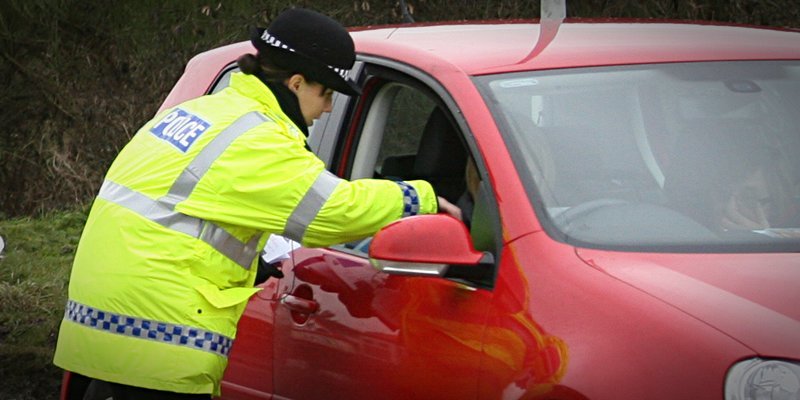Every year, 100,000 adults in the UK go missing some for a few hours, some forever. Now Dundee and Glasgow university researchers are teaming up with the police to better understand why people leave home suddenly, where they go and how searches for them can be made more effective.
Project leader Dr Hester Parr said, “Grampian Police have developed quantitative models of missing people so, for example, if a 40-year-old man goes missing they have a spatial model dictating the size of the search area and likely locations where he might be found.
“But research to date has not looked at qualitative information the way people use space, the types of places they seek out and their experiences of them. Consequently, there is a general lack of information on adults who go missing.”
Interviews with police will seek to understand how they deal with missing person cases, and researchers will also work with people who have gone missing in the past but returned and with family members of people who went missing.
Dr Parr said, “A range of research questions exist. What led to the disappearance? Why did they leave? Where did the person go? How did police and other agencies respond and what type of search was done?
“How does the family cope with being left behind? What happens when and if missing people come back?”
Grampian Assistant Chief Constable Colin Menzies said, “This research will add to our knowledge of missing persons’ behaviour and aid how we approach them operationally.”
